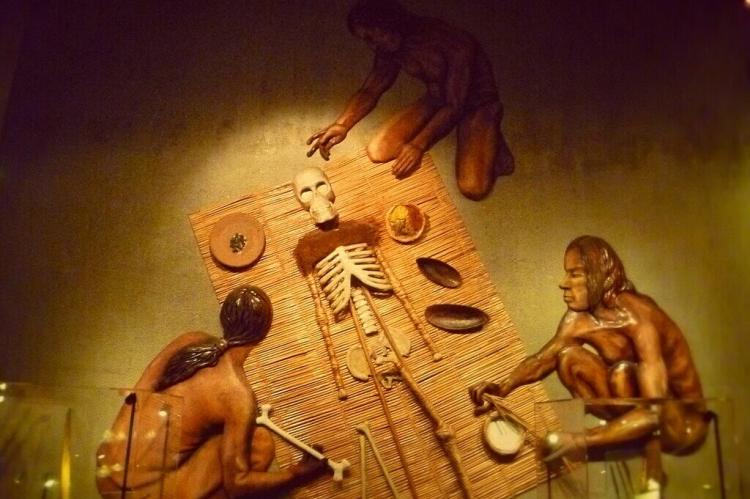The Enigmatic and Ancient Chinchorro Culture of Chile
The Archaeological Sites of the Chinchorro Culture in northern Chile represent one of the oldest and most remarkable pre-Columbian civilizations in the Americas. This unique culture thrived for over 5,000 years, leaving an indelible mark on the region's rich archaeological heritage.
An Introduction to the Chinchorro Culture
Nestled along the arid coastal regions of northern Chile, the Archaeological Sites of the Chinchorro Culture stand as a testament to one of the oldest and most remarkable pre-Columbian civilizations in the Americas. This unique culture, which thrived for over 5,000 years, has left an indelible mark on the region's rich archaeological heritage, shedding light on the resilience and ingenuity of the human spirit.
The Chinchorro were deeply connected to the harsh, desert-like environment that defined their homeland. Inhabiting the present-day regions of Arica and Parinacota, these ancient residents of the Atacama Desert developed a sophisticated way of life, mastering the art of fishing, hunting, and preserving their dead through the world's oldest known mummification practices.
The Chinchorro Mummies: A Unique Funerary Tradition
The Chinchorro mummies are perhaps this ancient culture's most iconic and intriguing aspect. Unlike the more renowned Egyptian mummies, the Chinchorro employed a uniquely complex process of artificial mummification that predated the ancient Egyptians by over 2,000 years.
The mummification process would begin by carefully removing the skin and flesh from the deceased, leaving only the skeleton. They then reconstruct the body using plant fibers, clay, and other natural materials, meticulously shaping the features to create a lifelike appearance. Finally, the mummy would be adorned with wigs, headdresses, and other decorative elements, reflecting the deep reverence the Chinchorro held for their ancestors.
In various positions and settings, these mummies offer a glimpse into the Chinchorro's elaborate funerary rituals and beliefs surrounding the afterlife. The sheer scale and sophistication of this ancient mummification tradition have left archaeologists and historians in awe, sparking countless debates and theories about the origins and motivations of this remarkable practice.
A Diverse and Adaptable Society
The Chinchorro were not merely masters of mummification; they were also a highly adaptable and diverse society, able to thrive in the harsh Atacama Desert environment for millennia. Archaeological evidence reveals a people skilled in a wide range of subsistence activities, including fishing, hunting, and gathering of maritime and terrestrial resources.
The Chinchorro's settlements, located along the coast and nearby river valleys, were strategically positioned to exploit the region's abundant natural resources. These communities were characterized by high social organization, with evidence of specialized roles and a sophisticated understanding of their environment.
In addition to their funerary practices, the Chinchorro also left behind a rich material culture, including intricate textiles, ceramics, and ornaments that provide insights into their artistic traditions and worldviews. These artifacts, found alongside the mummies, offer a tantalizing glimpse into the lives and beliefs of this enigmatic ancient civilization.
The Significance of the Chinchorro Culture
The Archaeological Sites of the Chinchorro Culture, recognized as a UNESCO World Heritage Site in 2021, are of immense significance to our understanding of human history and the resilience of ancient civilizations. These sites not only represent the oldest known mummification practices in the world but also shed light on the complex sociocultural and environmental adaptations of the Chinchorro people.
Beyond their archaeological importance, the Chinchorro sites hold deep cultural and spiritual significance for the indigenous communities of northern Chile, who continue to revere and protect the legacy of their ancestors. The preservation and continued study of these remarkable sites are crucial to ensuring that the stories and contributions of the Chinchorro people are not lost to the sands of time.
As we grapple with the challenges of the modern world, the Chinchorro culture serves as a poignant reminder of the enduring human spirit and our capacity for resilience in the face of adversity. The Archaeological Sites of the Chinchorro Culture stand as a testament to our shared human heritage's remarkable diversity and ingenuity of our shared human heritage, inspiring awe, curiosity, and a renewed appreciation for the incredible achievements of our ancient forebears.
